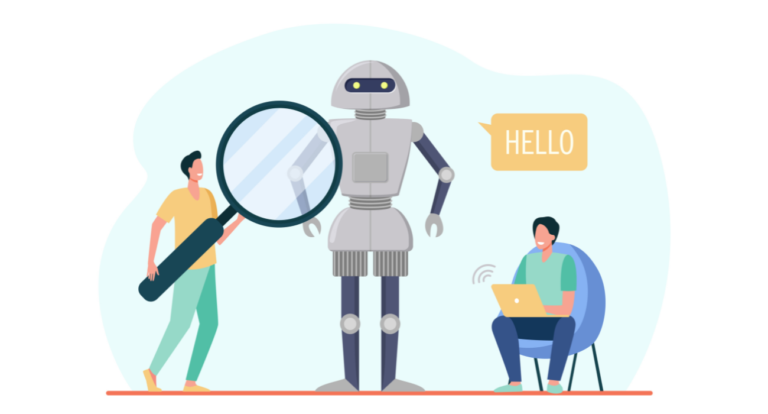Exploring the Distinctions: Human vs. AI Translation

In the realm of language exchange and cross-cultural communication, translation stands as a pivotal tool. It facilitates understanding and bridges gaps between individuals and communities speaking different languages. Traditionally, human translators have been relied upon for their ability to provide accurate, nuanced translations. However, with the rise of AI translation, powered by advancements in natural language processing (NLP), there’s a new contender in the arena, promising to revolutionize how we overcome linguistic barriers and connect globally. Let’s delve deeper into the characteristics of these two modes of translation to understand their strengths and limitations.
Human Translation:
Human translation involves skilled professionals proficient in multiple languages who meticulously translate text from one language to another. These translators possess not only linguistic expertise but also a deep understanding of cultural nuances and contextual subtleties.
Advantages:
One of the key advantages of human translation is the ability to preserve the essence of the message across languages. Human translators can accurately convey not just the literal meaning of words but also the emotions and cultural connotations embedded within the text. For instance, when adapting marketing slogans or branding materials for different markets, human translators ensure that the message resonates with the target audience while staying true to the brand’s identity.
Moreover, human translators excel in handling complex texts, such as legal documents, technical manuals, or literary works. They possess the linguistic skills and contextual understanding required to navigate intricate terminology and idiomatic expressions, ensuring precise and faithful translations.
Challenges:
Despite their expertise, human translators are not infallible. Mistakes can occur, particularly under tight deadlines or when faced with extensive workloads. Even seasoned professionals may inadvertently overlook nuances or misinterpret certain phrases, leading to inaccuracies in the translation. To mitigate these risks, thorough proofreading and quality assurance measures are essential, adding time and cost to the translation process.
Furthermore, the cost of human translation services can be prohibitive for some businesses, especially smaller enterprises or individuals with limited budgets.
AI Translation:
AI translation, also known as machine translation, leverages algorithms and computational models to automatically translate text from one language to another without human intervention.
Advantages:
AI translation offers unparalleled speed and scalability, capable of processing vast amounts of data within seconds. This real-time translation capability is particularly valuable in scenarios where rapid communication is essential, such as social media interactions or instant messaging.
Additionally, once the initial development and training costs are covered, AI translation tools can be more cost-effective in the long run compared to human translation services. This affordability makes AI translation accessible to a broader range of users, including small businesses and individuals.
Challenges:
Despite its speed and cost-effectiveness, AI translation faces significant challenges in capturing context and delivering accurate translations. Language is nuanced and context-dependent, often featuring idiomatic expressions, cultural references, and ambiguous phrases that can confound AI algorithms. As a result, AI translations may lack the depth and nuance of human-generated translations, leading to inaccuracies and misunderstandings.
Moreover, AI translation struggles with cultural sensitivity, as it often fails to grasp the cultural nuances and social implications embedded within language. This can result in translations that are tone-deaf or culturally inappropriate, potentially causing offense or misunderstanding.
Conclusion:
In conclusion, the choice between human and AI translation depends on the specific needs and priorities of the user. Human translation excels in preserving the richness and subtleties of language, making it indispensable for contexts where accuracy and cultural sensitivity are paramount. However, it can be time-consuming and costly. On the other hand, AI translation offers speed and cost-effectiveness but may fall short in capturing nuances and cultural intricacies. Striking a balance between the two approaches, such as using AI for routine tasks and human translators for complex or culturally sensitive content, can yield optimal results, combining efficiency with accuracy in language translation.


